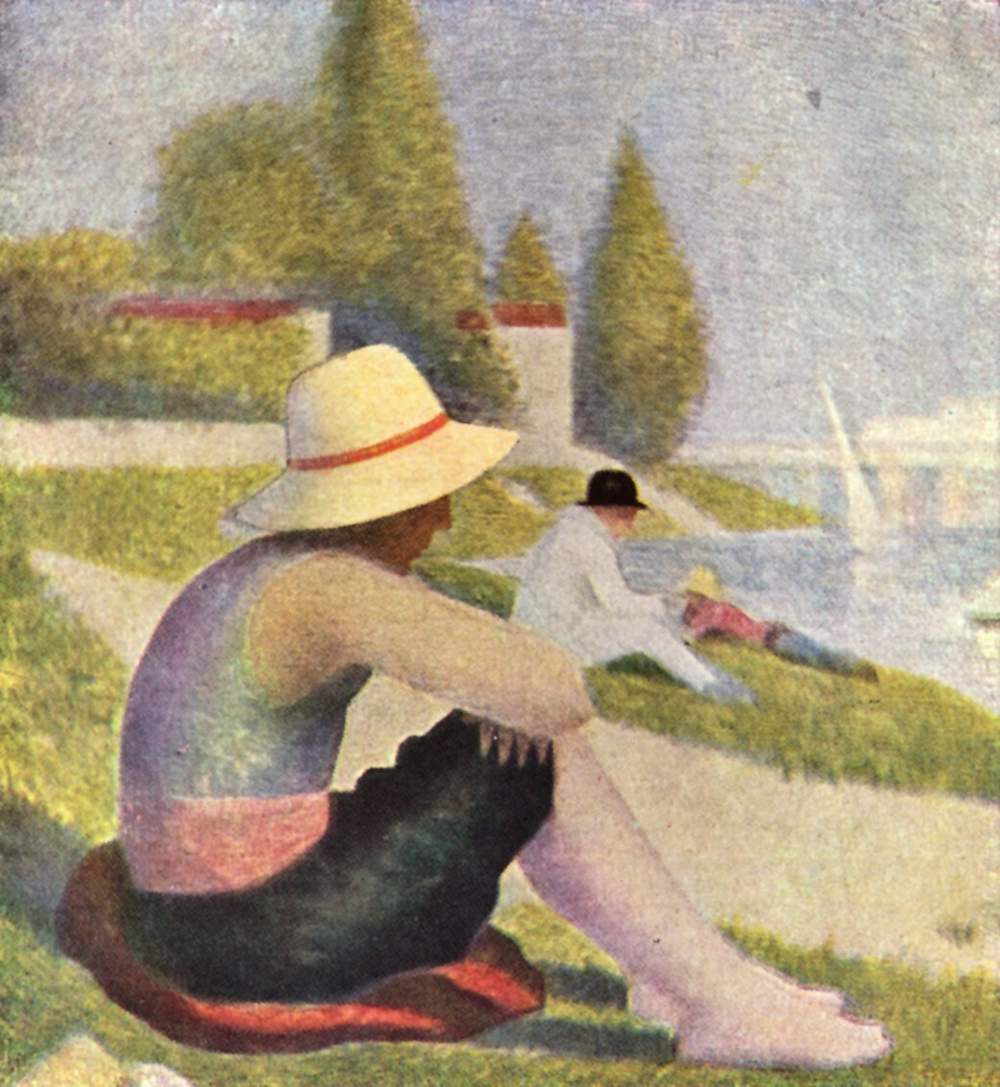
Georges Seurat (French, 1859–1891) created mysterious and luminous works on paper that played a crucial role in his brief but influential career. Once described as "the most beautiful painter's drawings in existence," these works captured Paris and its environs, urban dwellers, and cafe singers and other popular performers of the day.
"A sudden stupid sickness carried him off in a few hours when he was about to triumph: I curse providence and death."
Art critic Jules Christophe, writing after the death of Seurat in La Plume, September 1, 1891
More references to explore






